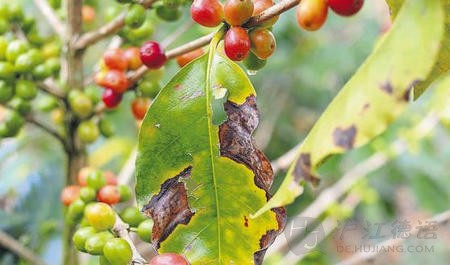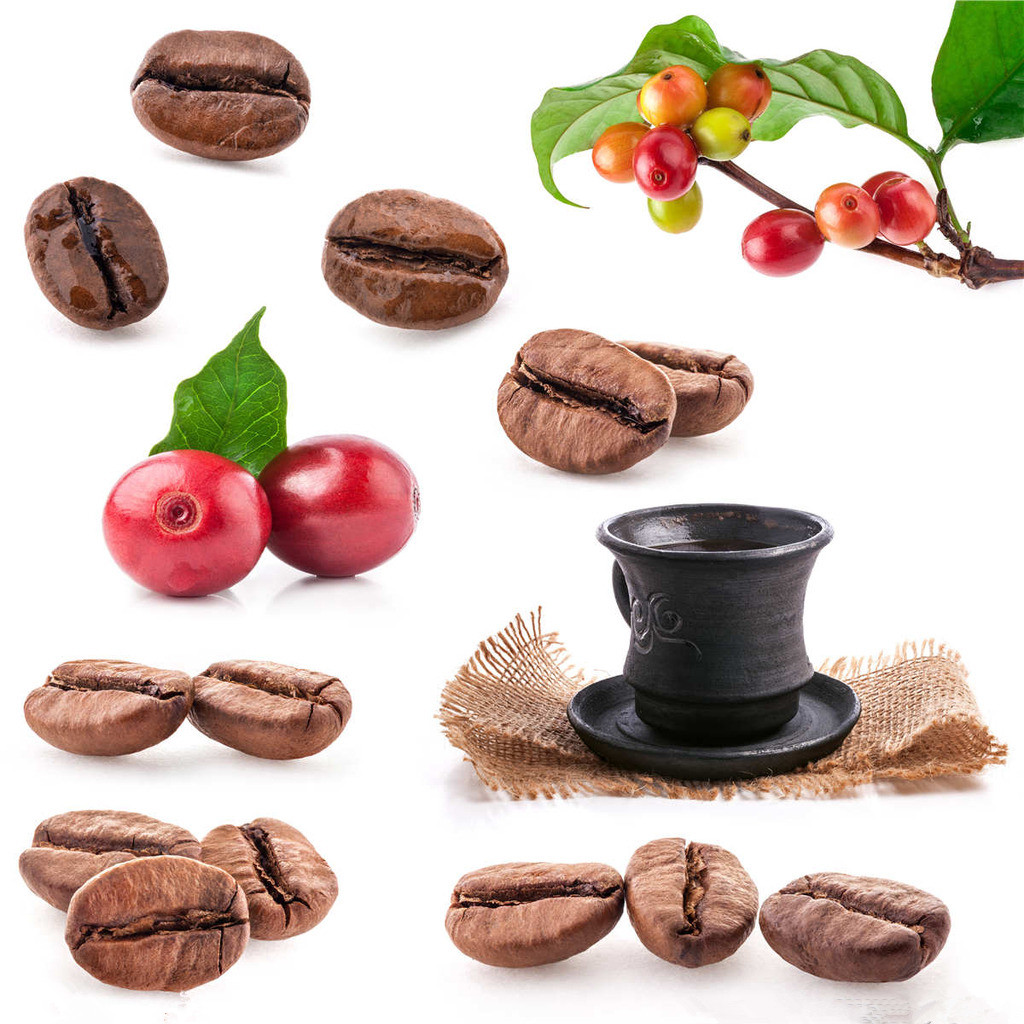Get to know the Coffee from six Central American countries: a detailed introduction to Guatemala Coffee beans

The temperature of Guardia is about 15 degrees. Because of the long mountains and the great regional climate, Guardian has created eight major coffee producing areas in the country, all located on the highland topography under tropical weather. The rainfall is abundant and stable, and the fertile volcanic ash soil is in a good environment. The coffee beans produced are all Arabica, each with different flavor and characteristics, and the first-class sour and fruity taste. It is one of the best coffee in the world, and it can be used separately.




Andigua
Antigua's rich volcanic soil, low temperature, strong light and cool evening weather are characteristic of the Antigua region. Three active volcanoes-the Water Volcano, the Akardenango Volcano and the Fire Volcano-form a beautiful valley. Tall Antigua coffee is rich and mild, with mellow aroma and acidity of 1500-1700.
The newly planted coffee region of Acatenango Valley in Akkad Nango Valley covers the processed forest with small coffee plants at an altitude of 2000 meters. At the same time, it also shields the coffee from the Pacific Ocean, and is regarded as having a fruity acidity, rich aroma and an aftertaste of 1300-2000.
Koban rain forest
The Rainforest Cob á n area has severe weather, abundant rainfall and good weather throughout the year, and the local soil contains limestone and clay. Under the influence of the Atlantic basin and the forest weather that extends northward, most of the coffee in the region is grown in the hilly land of Xuzhou, and the characteristics of coffee in this area are quite different from those in other producing areas of the country. Sweet beans with clear and subtle acidity, with a light wine aroma of 1300-1500
Mount Everest Volcanic San Marco is the warmest coffee producing area in the country. The area has abundant rainfall, the rainy season is the densest, and the flowering period is the earliest. The rainy season is the best part of the rainy season from June to September, even the torrential rain. In some areas, the annual rainfall is as high as 197in. The coffee in this area has a bright sour taste, sweet beans and a clear, faint floral fragrance of 1400-1800.
Traditional Attila Traditional Atitl á n Guardiola is one of the four major volcanic coffee areas. The soil of Attila is rich and fertile. 90% of the coffee is planted along a very steep slope and extends all the way to Lake Attila, the largest and most famous volcanic lake in Guadilla. the coffee fragrance in this area has an intoxicating aroma and a sweet taste. Coffee beans are 1500-1700.
Among the three non-volcanic areas of Highland Huehue in the towering highlands, coffee production is the driest and highest in the region. At present, the majestic Denangao is the most unrestrained and skewed place in Guardia. Because of the dry weather blowing into the mountains from the Dehuang de Peck Plain in Mexico, the mountain area is not damaged by frost. As a result, the coffee beans in this area can be grown in a place as high as 6500 feet high, with a special sour taste and a slight wine aroma of 1500-2000.
The Fraijanes Plateau area of the Faradanis Plain has relatively high volcanic elevations and rich pumice in the soil. The Faradanis Plain is still an active area of volcanoes, so the coffee in this area is similar to that of Antigua. However, Rain Water has a high and rich taste, and a very different flavor from the Faradenis Plain, which contains a corresponding elegant fragrance, a mild and mellow overall taste, and a special and pleasant acidity of 1400-1800.
Xinyi Fang
New Oriente Rain Water Xianpei is similar to Koban, but the Xinzhuang area is a volcanic area, and the soil contains a lot of sphinite. Coffee planting is also different from the general Guardia volcanic area, where coffee grows in volcanic soil, while there is no volcanic activity in the growing period. The newest coffee producing area is characterized by fragrance, and the bright acidity does not have a good sense of flavor 1300-1700.
Source: central American exquisite coffee
Important Notice :
前街咖啡 FrontStreet Coffee has moved to new addredd:
FrontStreet Coffee Address: 315,Donghua East Road,GuangZhou
Tel:020 38364473
- Prev

Introduction to the diseases of coffee beans: leaf rust caused by camel rust, the most destructive disease of coffee trees
Coffee rust is the most destructive disease of coffee trees, caused by coffee camel rust (Hemileia vastatrix). The disease has long occurred in coffee-producing areas such as Africa, the near East and India, Asia and Australasia. It first appeared in the Western Hemisphere in 1970 and was found in Brazil. The once thriving coffee plantations in Sri Lanka and Java were destroyed by the
- Next

The journey of coffee beans: the movement of raw beans from seed beans across the ocean to ripe beans
Sandoz, Rio, Mocha, Amsterdam, Cuba. These are both worldwide port cities and coffee export and import ports. As a transportation terminal for coffee, these cities are very famous. Coffee can be transported by land and air depending on the situation, but most of it is still transported by sea. So some of the coffee is also named after the port. Such as Mocha, three degrees.
Related
- Guji coffee producing area of Guji, Ethiopia: Humbela, Shakiso, Wulaga
- What is the most expensive variety of Qiloso in BOP multi-variety group?
- How to store the coffee beans bought home?
- Why are Yemeni coffee beans so rare now?
- Ethiopian Sidamo all Red Fruit Sun Sun Santa Vini Coffee beans
- SOE is mostly sour? What does it mean? Is it a single bean? what's the difference between it and Italian blending?
- Is Italian coffee beans suitable for making hand-brewed coffee?
- How to choose coffee beans when making cold coffee? What kind of coffee beans are suitable for making cold coffee?
- Just entered the pit to make coffee, what kind of coffee beans should be chosen?
- Can only Japan buy real Blue Mountain Coffee? What are authentic Jamaican Blue Mountain coffee beans?

